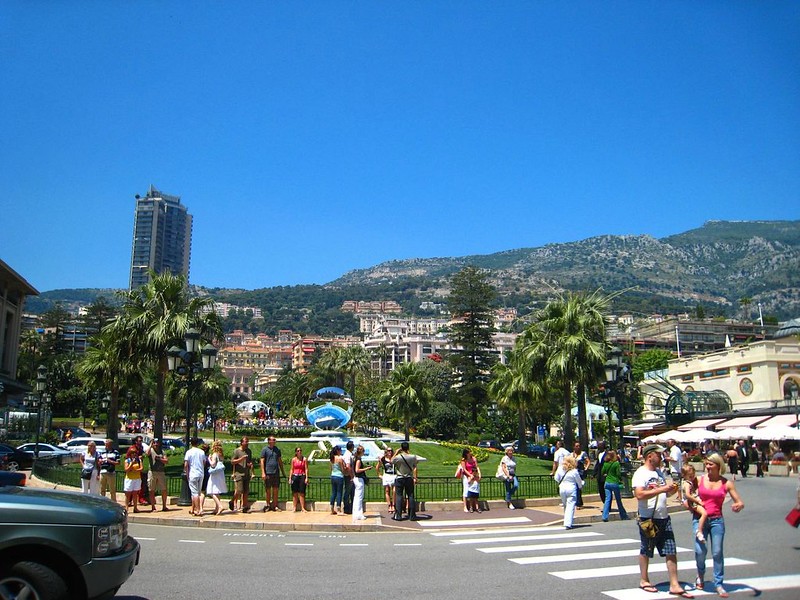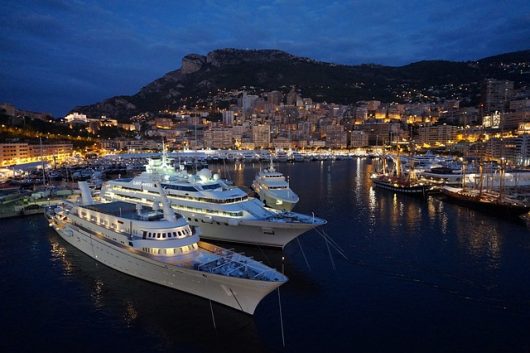 Monaco, a country hosting the world’s second-highest population density, is strategically positioned in Europe along the picturesque Mediterranean Sea, sharing its borders with France. Renowned for its affluence, this principality proudly claims a staggering GDP per capita of $240,862 as of the year 2022, a figure that notably surpasses the economic indicators of many other nations and maintains a 0% poverty rate. Tourism, banking and real estate largely drive Monaco’s highly developed and prosperous economy. The lack of personal income tax in this small principality attracts wealthy individuals and celebrities, making it an attractive residence. Despite its economic prosperity, the state has made limited advancements regarding its policy concerning mental health in Monaco.
Monaco, a country hosting the world’s second-highest population density, is strategically positioned in Europe along the picturesque Mediterranean Sea, sharing its borders with France. Renowned for its affluence, this principality proudly claims a staggering GDP per capita of $240,862 as of the year 2022, a figure that notably surpasses the economic indicators of many other nations and maintains a 0% poverty rate. Tourism, banking and real estate largely drive Monaco’s highly developed and prosperous economy. The lack of personal income tax in this small principality attracts wealthy individuals and celebrities, making it an attractive residence. Despite its economic prosperity, the state has made limited advancements regarding its policy concerning mental health in Monaco.
A Brief History
The history of mental health in Monaco reflects a gradual evolution from limited government attention and action to a more comprehensive and proactive approach involving multiple parties. Historically, mental health was not central to Monaco’s policy landscape. Despite this, the majority of people pay nothing for mental health services in Monaco because of full insurance, this is the same with psychotropic medicines.
The care and treatment of persons with mental health conditions including psychosis, bipolar disorder and depression is also included in the national health insurance or is reimbursed. As of 2020 the number of total treatment cases of psychosis, both inpatient and outpatient, was a population of 245. According to the Mental Health Atlas 2020, the government’s most recent legal effort to protect mental health dates back to 1981, which indicates a relatively long period with limited legislative emphasis on an essential aspect of health care.
This stasis changed with the introduction of the “Psychological Stability and Wellbeing” mental health plan in 2022. The government of Monaco, before this initiative, last implemented a mental health policy in 2014, according to the Mental Health Atlas 2020. Its lack of activity in this regard demonstrates a significant gap in addressing the evolving challenges of mental health, especially considering the aftermath of the COVID-19 pandemic. The government’s unveiling of the new plan differed from previous limited approaches, emphasizing a more holistic and forward-looking strategy.
The New Plan
The “Psychological Stability and Wellbeing” mental health plan represents a landmark development, showcasing Monaco’s commitment to addressing mental health challenges comprehensively. Didier Gamerdinger, Monaco’s Minister of Health and Social Affairs, launched the plan in March 2022, according to the Government of Monaco. He presented it as a five-year initiative aimed at providing extensive health, medical and social services to individuals facing mental health challenges throughout their lives. The collaboration between numerous groups in Monaco including the Department of Justice, National Council, Monaco City Hall, Police Department, Department of Education, Youth and Sport, Department of Social Welfare and Social Services, Princess Grace Hospital, Office of Occupational Medicine, health care professionals and various charities, allowed for the creation of this landmark legislation.
This plan introduces a multifaceted approach, consisting of three main components: the promotion of mental health, prevention, and early identification of mental distress and addiction. With 53 actionable points outlined within these components, the plan aims to be a proactive and adaptable strategy to meet the evolving needs of the population of Monaco.
One notable aspect of Monaco’s mental health strategy is its emphasis on children’s health care and the development of expert-patient programs. By prioritizing these areas, the plan aims to empower individuals with chronic conditions, allowing them to take control of their health, improve their quality of life and enhance their understanding and management of their conditions.
In Conclusion
Overall, Monaco’s history with mental health has undergone a transformative shift, from a historical lack of central focus to the implementation of a progressive and comprehensive mental health plan. The recent initiatives reflect a commitment to providing accessible, extensive, and high-quality mental health services, as well as addressing societal challenges such as stigma and social inclusion. The ongoing efforts underscore Monaco’s dedication to fostering a mentally healthy and supportive community for its residents.
– Ani Gonzalez Ward
Photo: Flickr

 Home to millionaires, a renowned casino and a prestigious Formula One Grand Prix,
Home to millionaires, a renowned casino and a prestigious Formula One Grand Prix,  According to the U.S. Department of State’s 2015 human rights report, there have been no recent outstanding abuses of human rights in
According to the U.S. Department of State’s 2015 human rights report, there have been no recent outstanding abuses of human rights in 


